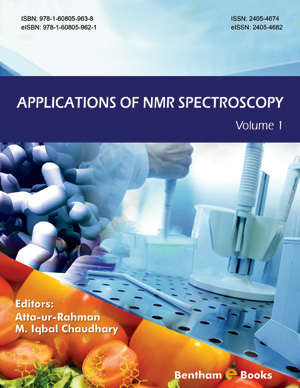Abstract
Among enormous wealth of natural product structural diversity, those containing pyran rings are quite common, since they abound in a pool of primary metabolites as well as among products of sugar transfer biocatalytic processes, which lead to glycosides and glycoconjugates classified as secondary metabolites. Additionally, practically every major biogenetic pathway allows, and often promotes, formation of oxygen heterocycles from polyketides or multiply hydroxylated chain intermediates, by way of 1,5-diol dehydration, lactonization, intramolecular hydroxyl group Michael addition, or an intramolecular epoxide ring opening. A variety of the resulting structures among natural products, which are of interest as prospective leads for medicinal compounds, elicit problems with the substance availability and call for efficient synthetic methods of their preparation. The chapter focuses on a particular rearrangement, featuring ring enlargement of 2-furyl carbinols into pyran-2,3-en- 4- uloses [2H-pyran-3(6H)-ones], known as Achmatowicz rearrangement (Achmatowicz reaction; AR), presenting examples of its scope, utility and efficiency, including remarkable capability for enantioselection in chemo- and biocatalytic preparative procedures. The rearrangement can constitute the key transformation in stepwise syntheses of a variety of O- and N- heterocyclic natural products and their mimics, while its primary products – the unsaturated pyranosuloses, provide versatile glycosylation synthons which practically do not require protecting groups and secure easy access to simple and structurally modified mono- and oligo-saccharides with chosen functions and configurations.
Keywords: 2-Furylcarbinols, Achmatowicz rearrangement, Chemistry, Dihydropyrans, Enantioselective syntheses of substituted pyrans, Furan oxidative ring enlargement, Oxygen heterocycles, Palladium catalyzed glycosylation, Pyranoses, Pyranosuloses, Pyrans, Pyran containing natural products, Structurally modified saccharides, Tetrahydropyrans, Total synthesis of naturally occurring pyrans, Unsaturated pyranoses.






















